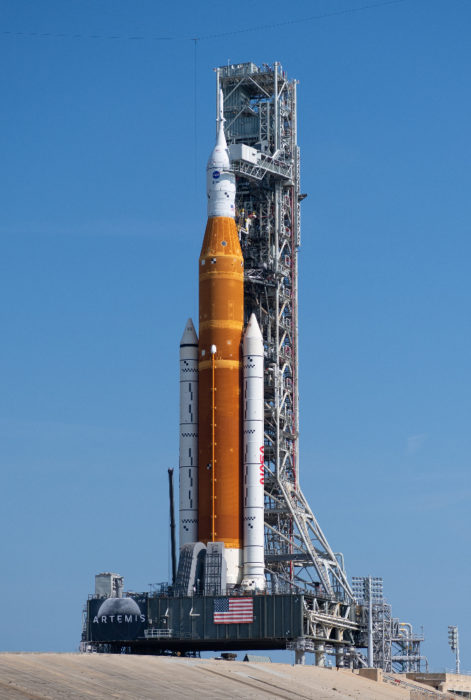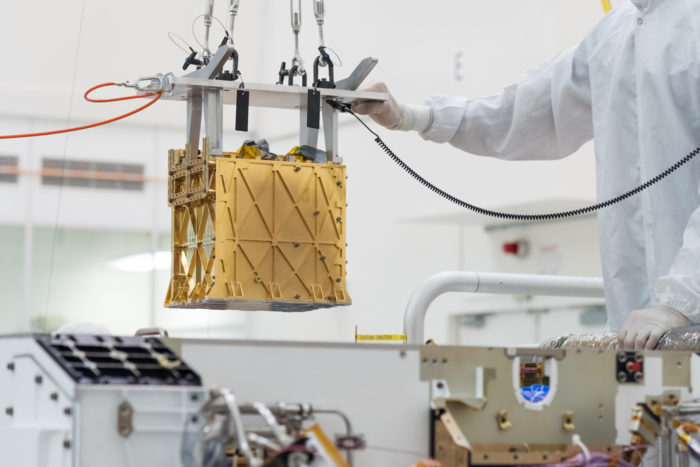Sep
08
2022
 As a SciFi fan, I have a lot of pet peeves (as most hard core fans probably do). While I love the freedom and imagination of speculative fiction, it’s easy to fall into common tropes that have emerged to facilitate story telling or simply due to lack of imagination. The problem is worse with science fiction in film and TV because of budgetary concerns (although CG is making this less of a restraint). For example, aliens tend to be far too human and generally have a monolithic culture.
As a SciFi fan, I have a lot of pet peeves (as most hard core fans probably do). While I love the freedom and imagination of speculative fiction, it’s easy to fall into common tropes that have emerged to facilitate story telling or simply due to lack of imagination. The problem is worse with science fiction in film and TV because of budgetary concerns (although CG is making this less of a restraint). For example, aliens tend to be far too human and generally have a monolithic culture.
Alien worlds also are too frequently Earth-like (mostly because the filming takes place on Earth). It’s one thing if your starship is visiting a world because it is habitable, but often our heroes come upon an apparently random planet that is unrealistic Earth-like. There are many exceptions to this in science fiction film and literature, but it still happens frequently, enough to be considered a trope. Think about all the ways in which the environment of even an Earth-sized planet in its habitable zone could vary. There’s always not only oxygen (even on apparently barren worlds) but enough oxygen. The gravity is always about 1G, the sun is always a nice yellow sun, and while the temperature may vary it’s always within survivable range.
The reality is that, by chance alone, something would be off. Now that we have the ability to actually discover exoplanets, that is exactly what we are finding. Astronomers estimate that there are likely between 300 million and 6 billion Earth-like planets in the milky way. That’s a big number, but there are 100-400 billion stars in the Milky Way, so that means on average about 1% of star systems contain an Earth-like planet. Also, what do we consider “Earth-like”? Generally that is any planet that is rocky and is in its star’s habitable zone, which means there can be sustainable liquid water on the surface. But that allows for a great deal of variability.
Continue Reading »
Sep
06
2022

As you are likely aware, NASA’s latest big project is the space launch system (SLS) which is the rocket system that will be used by the Artemis program to return astronauts to the Moon. The SLS also contains the Orion capsule, which is a deep space craft capable of holding four crew for missions up to 21 days. It is currently the only deep space capsule, capable of the high speed reentry required for return from the Moon.
Artemis I, and uncrewed test mission, was scheduled to launch on Monday August 29th. This launch had to be scrubbed because of the main engines were not at the right operating temperature. The problem turned out to be a faulty sensor. However, there are limited launch windows (only a couple of hours) and the problem could not be identified and fixed within the launch window, so the launch was scrubbed. It was then rescheduled for Saturday September 3rd. This time the problem was a real leak in the hydrogen fuel tanks, likely a problem with one of the seals. They failed to fix the problem on the launch pad so again had to scrub the launch. Leaking hydrogen is a serious problem; beyond a certain point there is a risk of the leaked hydrogen exploding on launch, and they were well beyond that safety point.
This shows how delicate this whole process is. It may be possible to fix the seal and the leak with the rocket still on the launch pad. However, the batteries used for the abort system are getting to the end of their optimal readiness window, and those batteries have to be swapped out in the engineering building. So the rocket has to be taken off the pad and brought there to reset everything to be ready for launch. This puts the next earliest launch date about six weeks off, in mid October.
Are these launch delays routine and expected or are they evidence that the SLS is a boondoggle, as its harshest critics maintain? I think it’s a little of both.
Continue Reading »
Sep
02
2022
 Why do societies collapse? This is an interesting question, and as you might imagine the answer is complex. There are multiple internal and external reasons, but a core features seems to be that a combination of factors were simultaneously at work – a crisis that the society failed to deal with adequately because of dysfunctional institutions and political infrastructure. All societies face challenges, but successful ones solve them, or at least make significant adjustments. There are also multiple ways to define “collapse”, which does not have to involve complete extinction. We can also add political or institutional collapse, where, for example, a thriving democracy collapses into a dictatorship.
Why do societies collapse? This is an interesting question, and as you might imagine the answer is complex. There are multiple internal and external reasons, but a core features seems to be that a combination of factors were simultaneously at work – a crisis that the society failed to deal with adequately because of dysfunctional institutions and political infrastructure. All societies face challenges, but successful ones solve them, or at least make significant adjustments. There are also multiple ways to define “collapse”, which does not have to involve complete extinction. We can also add political or institutional collapse, where, for example, a thriving democracy collapses into a dictatorship.
There are many people concerned that America is facing a real threat that could collapse our democracy. The question is – do we have the institutional vigor to make the appropriate adjustments to survive these challenges? Sometimes, by the time you recognize a serious threat it’s too late. At other times, the true causes of the threat are not recognized (at least not by a majority) and therefore the solutions are also missed. So the question is, to the extent that American democracy is under threat, what are the true underlying causes?
This is obviously a complex question that I am not going to be able to adequately address in one blog post. I would like to suggest, however, that social media algorithms are at least one factor contributing to the destabilizing of democracy. It would be ironic if one of the greatest democracies in world history were brought down in part by YouTube algorithms. But this is not implausible.
Continue Reading »
Sep
01
2022

One of the major challenges of space travel is that there are no ready-made resources there. Mars, for example, has no food, shelter, oxygen, fuel, or power. It likely has water, but it’s not certain how much and how accessible. So for now any human mission to Mars will have to bring all recourses from Earth. Getting stuff to Mars is massively expensive, and resupply can take 6-9 months, during optimal launch windows. Keeping humans alive on Mars for any length of time is therefore a very tenuous and expensive endeavor.
One obvious solution is what NASA calls “in-situ resource utilization,” – using stuff that is already there. The Perseverance rover on Mars contains an experiment called MOXIE (Mars Oxygen In-Situ Resource Utilization Experiment) that has taken the first step toward the goal of in-situ resource use. MOXIE was developed by engineers at MIT, it is a lunch-box sized experiment onboard the Perseverance that makes oxygen from the Martian atmosphere. It is essentially a proof-of-concept, and if it works may be the forerunner of far larger machines in the future.
MOXIE draws in Martian air, filters out dust and other contaminants, then pressurizes it. It then applies a process known as the Solid OXide Electrolyzer (SOXE) to electrochemically convert CO2 in the Martian atmosphere into oxygen and carbon monoxide (CO). The elemental oxygen is then isolated in a chamber where it combines into breathable molecular oxygen, O2. MOXIE then releases the O2 and CO back into the atmosphere, but obviously working versions would collect these gasses for use.
Continue Reading »
 As a SciFi fan, I have a lot of pet peeves (as most hard core fans probably do). While I love the freedom and imagination of speculative fiction, it’s easy to fall into common tropes that have emerged to facilitate story telling or simply due to lack of imagination. The problem is worse with science fiction in film and TV because of budgetary concerns (although CG is making this less of a restraint). For example, aliens tend to be far too human and generally have a monolithic culture.
As a SciFi fan, I have a lot of pet peeves (as most hard core fans probably do). While I love the freedom and imagination of speculative fiction, it’s easy to fall into common tropes that have emerged to facilitate story telling or simply due to lack of imagination. The problem is worse with science fiction in film and TV because of budgetary concerns (although CG is making this less of a restraint). For example, aliens tend to be far too human and generally have a monolithic culture.

 Why do societies collapse? This is an interesting question, and as you might imagine
Why do societies collapse? This is an interesting question, and as you might imagine 





